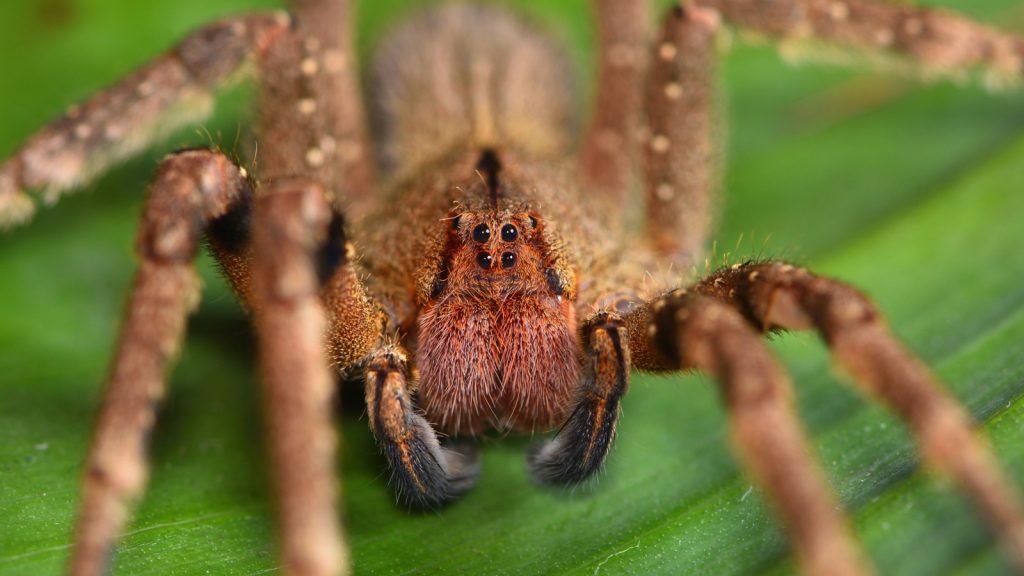I’ve always been fascinated by insects and arachnids and the instinctive way most people recoil from them. Creepy crawlies don’t rreak me out, but I have a healthy respect for all of the potentially dangerous creatures on this list. I very much would not want to experience a bite or sting from any of them. But I’m still that person who catches and releases the little beasties that find their way into my home. However, some of these tiny beings pack a powerful punch with their venomous bites or stings, making it essential to admire them from a safe distance.
1. Black Widow Spider
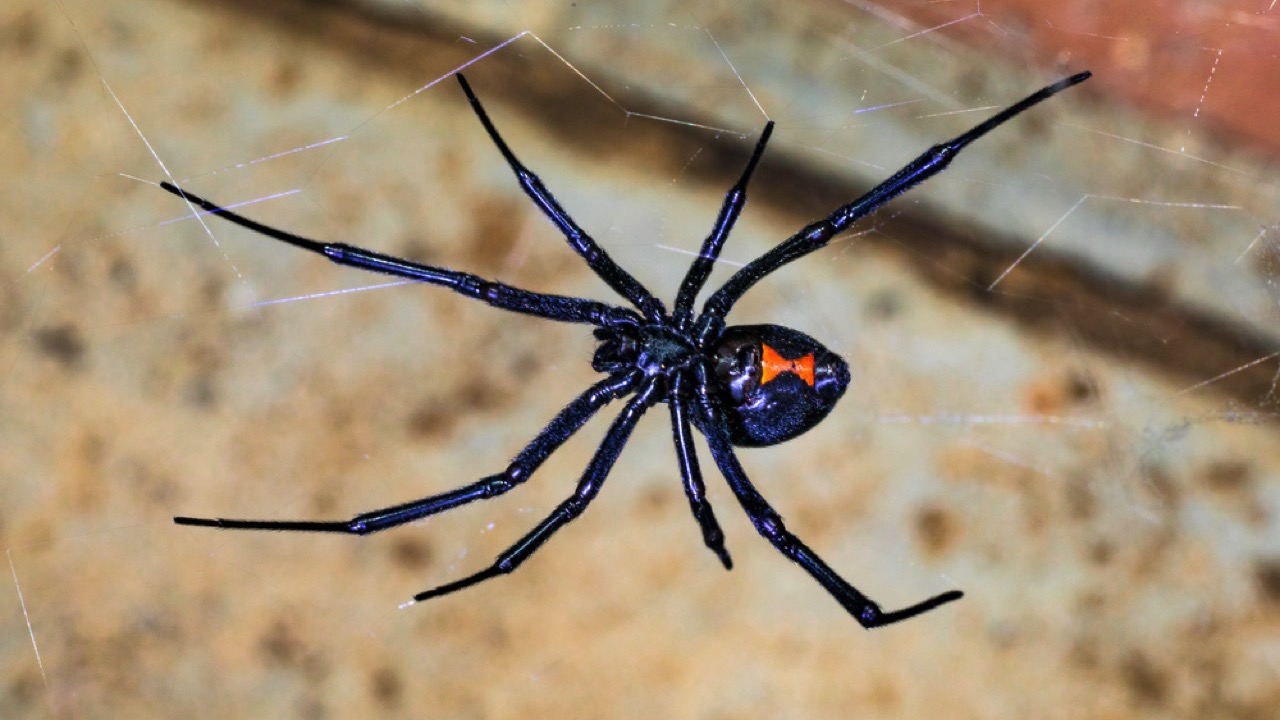
Black widow spiders are infamous for their potent venom. Females are easily recognized by their shiny, jet-black bodies and distinctive red hourglass shape on their underbelly. Although their bites are rarely fatal to humans, they can cause severe pain and discomfort.
2. Brown Recluse Spider
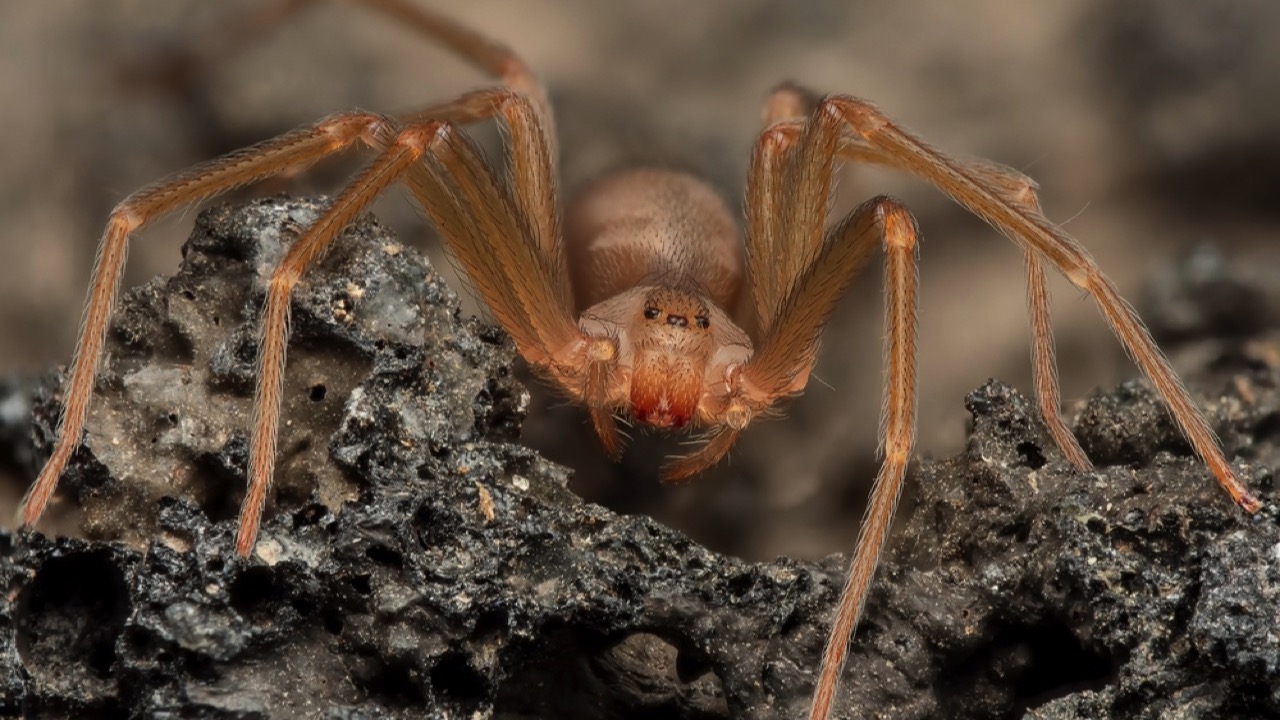
The brown recluse spider is known for its venomous bite, which can cause severe skin damage and even necrosis (tissue death) in some cases. These spiders are identified by their uniform brown color and a dark, violin-shaped mark on their back.
3. Fire Ants
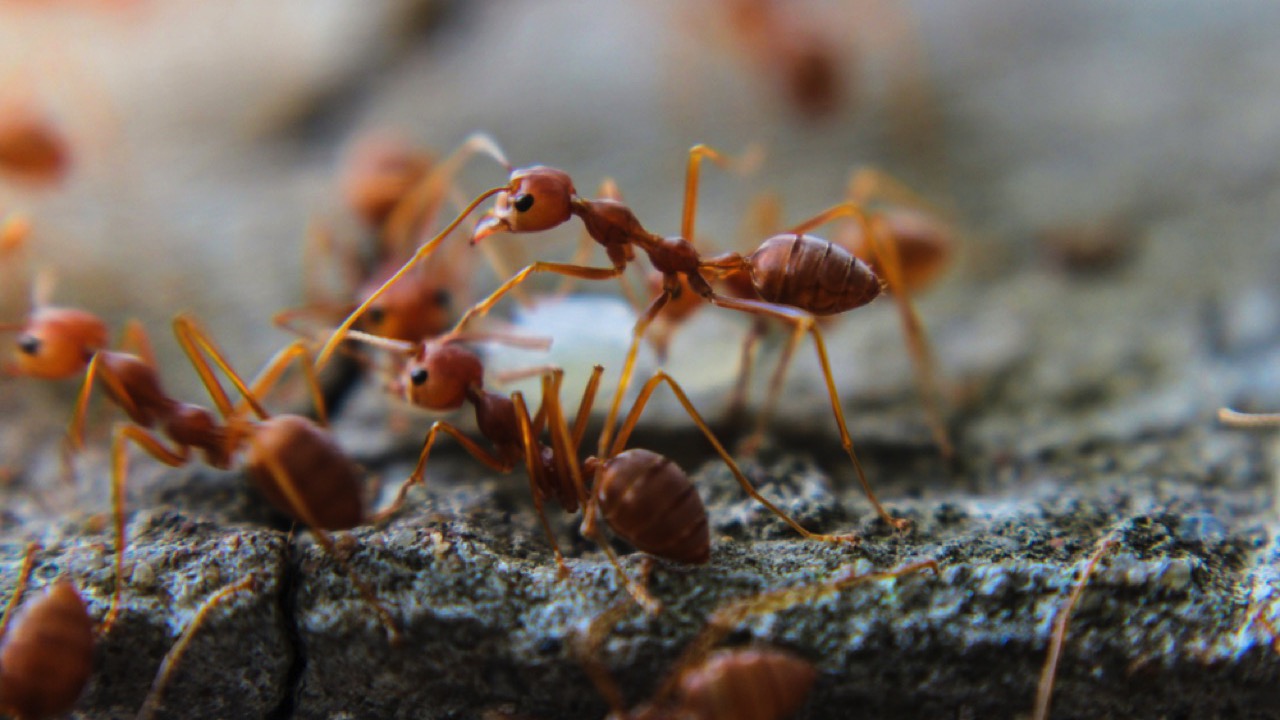
Fire ants are small, reddish-brown ants with a painful sting. They are aggressive when their nests are disturbed and can swarm and sting multiple times. Fire ant stings can cause burning sensations, itching, and even allergic reactions in some people.
4. Bullet Ants
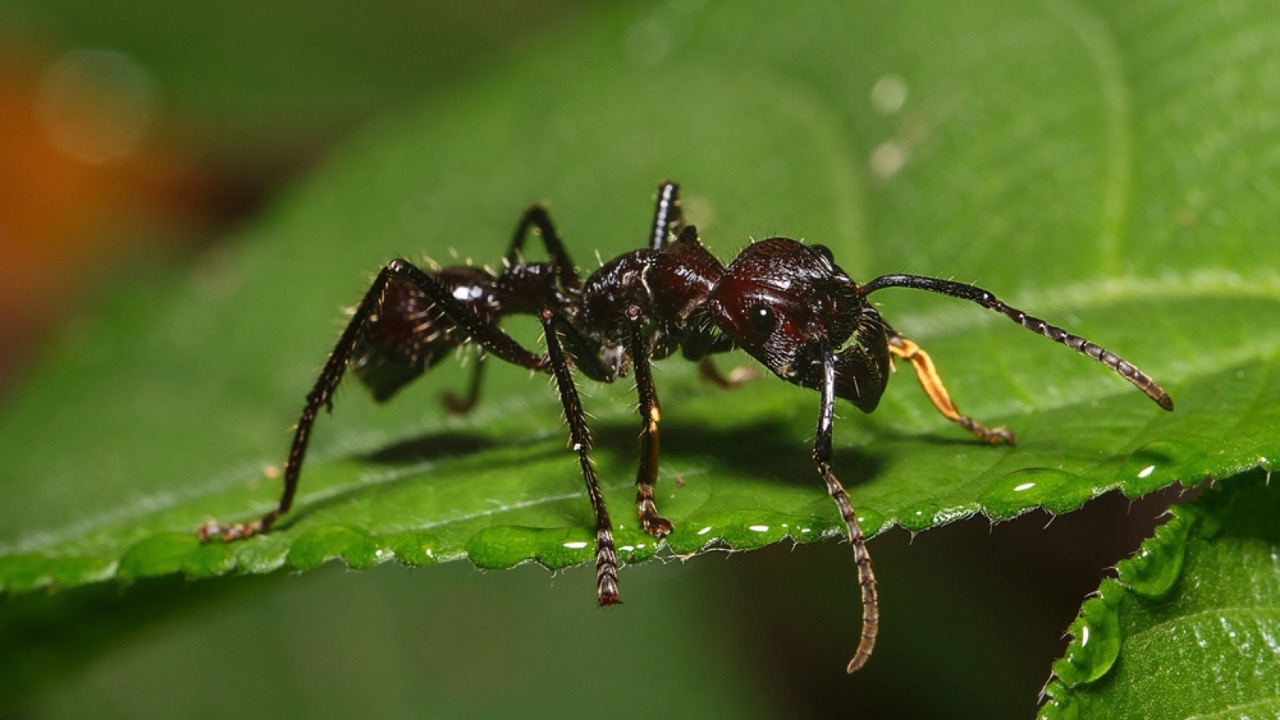
Found in the rainforests of Central and South America, bullet ants are known for their extremely painful sting, which is said to be as painful as being shot by a bullet. These large, dark-colored ants are often considered to have the most painful sting among insects.
5. Asian Giant Hornet
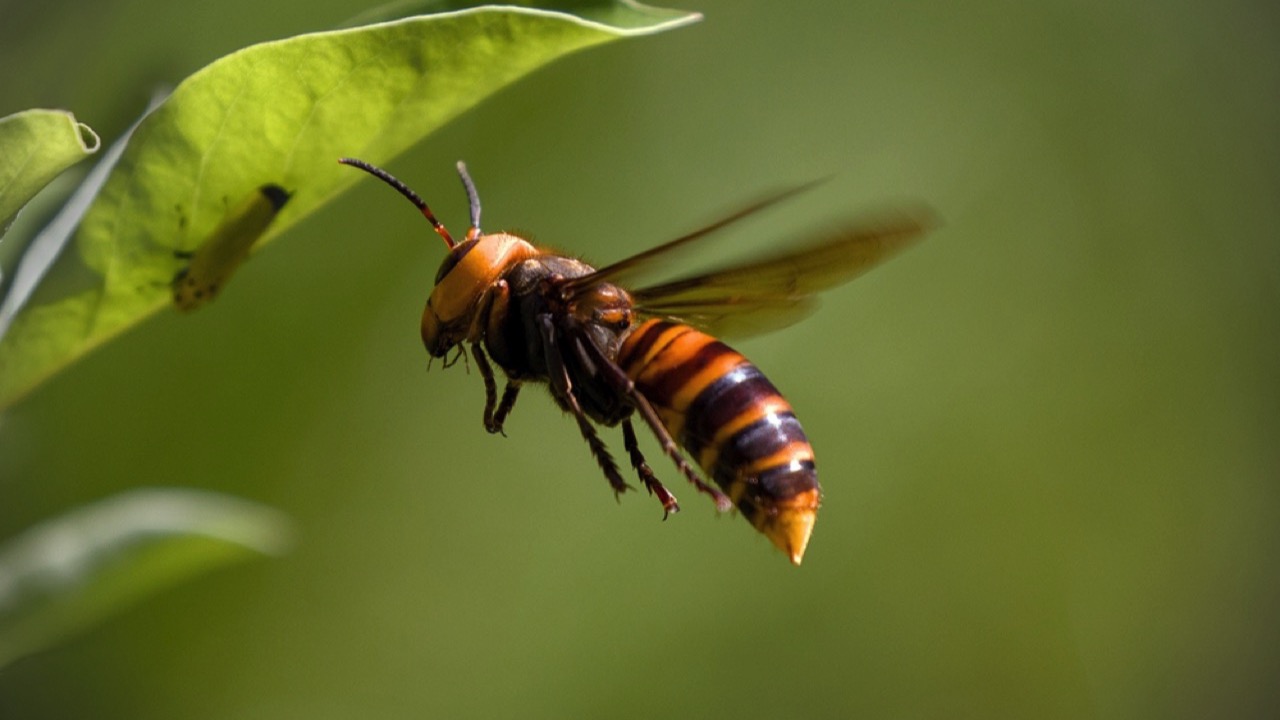
The Asian giant hornet, also known as the “murder hornet,” is the world’s largest hornet species. Their venom is potent, and they can sting multiple times, causing severe pain, swelling, and even allergic reactions. These hornets are also known to attack and decimate honeybee colonies.
6. Bark Scorpion
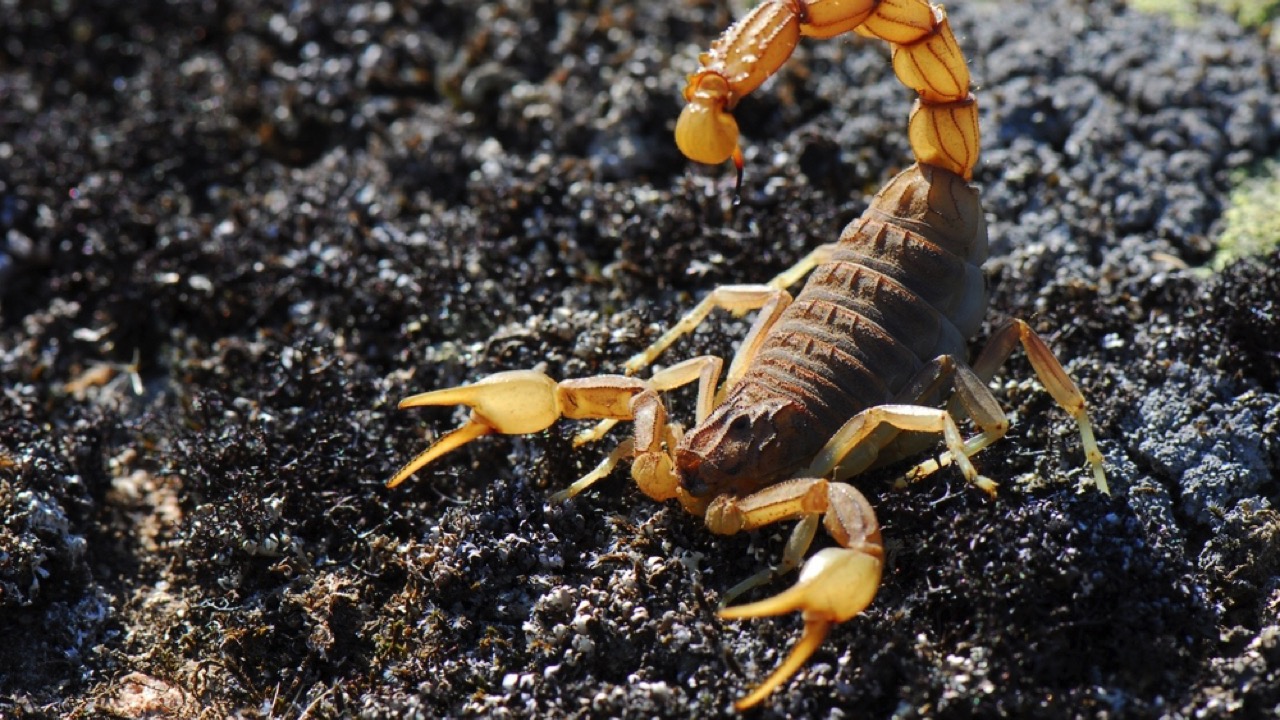
Bark scorpions are found in the southwestern United States and are the most venomous scorpions in North America. Their sting can cause intense pain, numbness, and other neurological symptoms. Children and older adults are most at risk of severe reactions.
7. Yellow Jacket Wasp
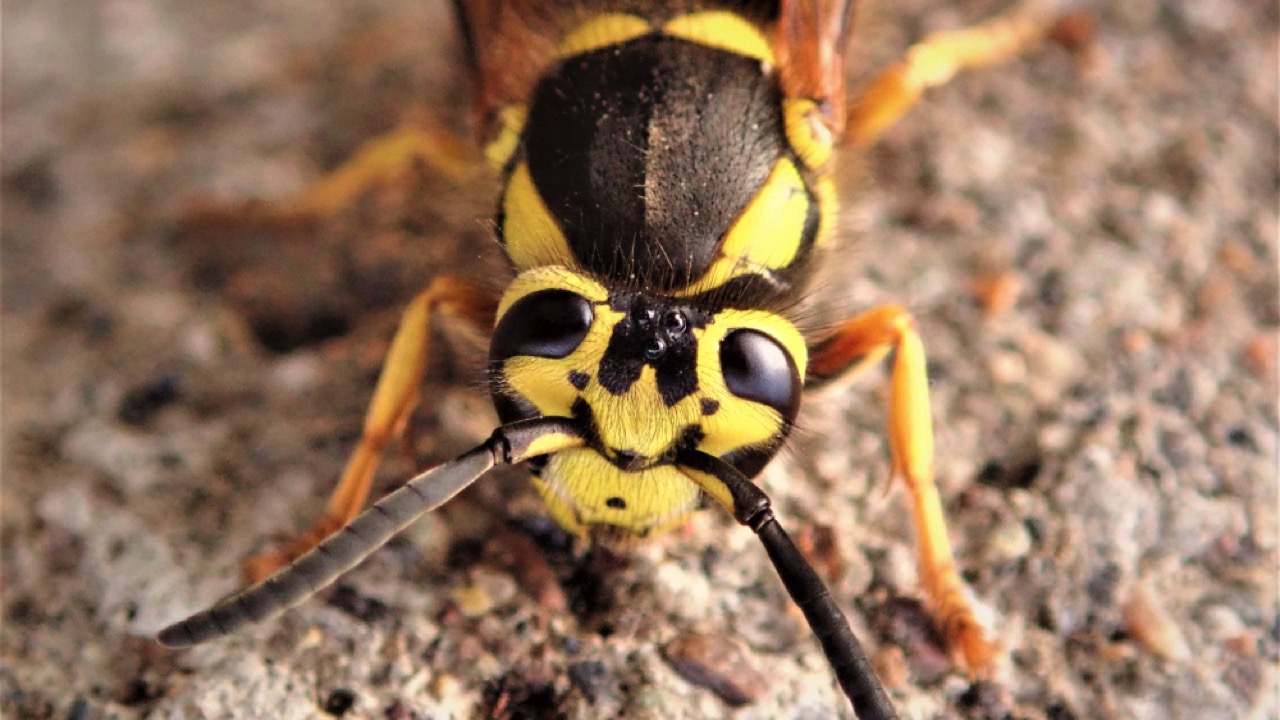
Yellow jacket wasps are known for their aggressive behavior and painful stings. They are often attracted to sugary drinks and food, making them a common nuisance at outdoor events. Yellow jacket stings can cause pain, swelling, and allergic reactions in some individuals.
8. Harvester Ants
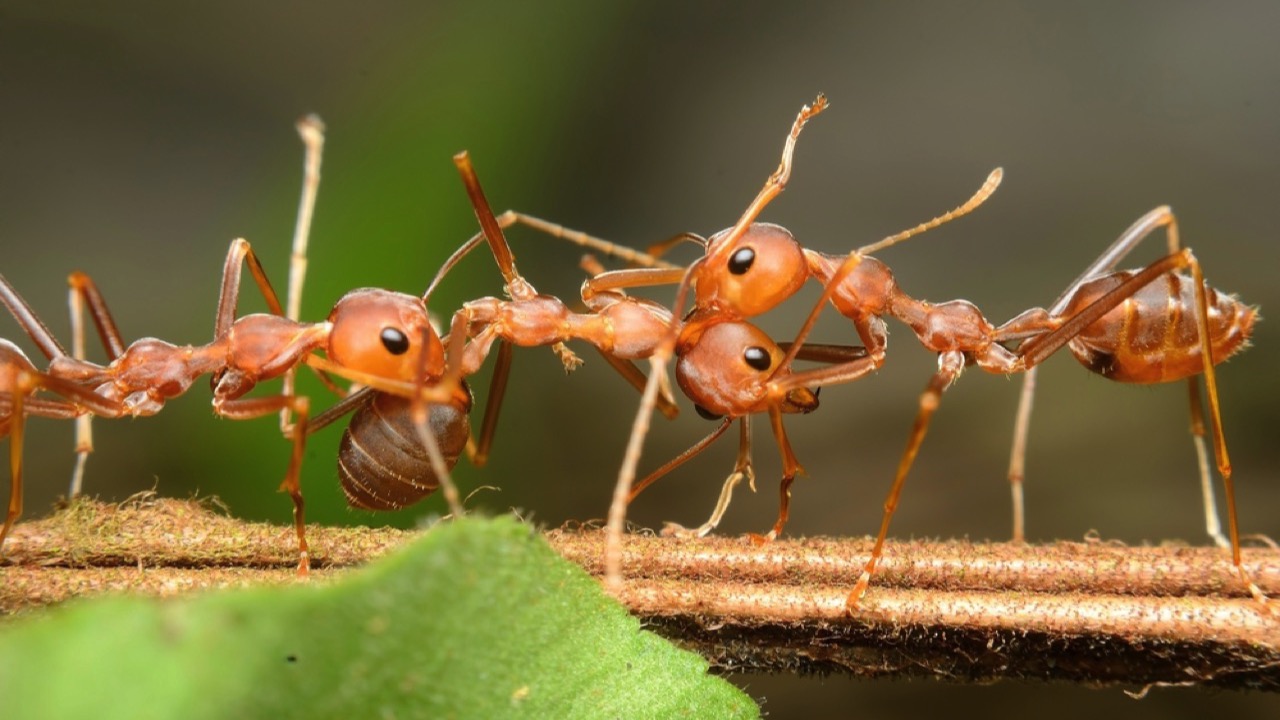
Harvester ants are found in the southern United States and are known for their painful sting. These ants are typically red or black and have large mandibles. Their venom can cause intense pain, swelling, and even anaphylactic shock in some cases.
9. Tarantula Hawk Wasp
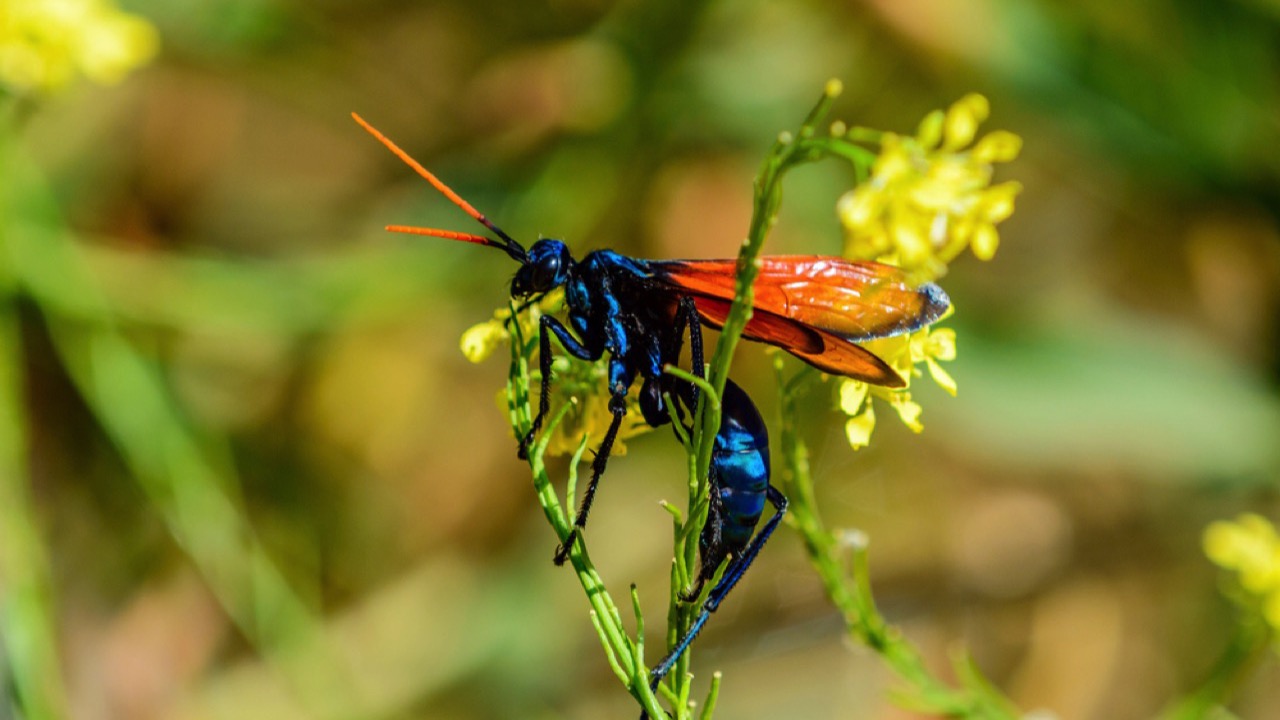
The tarantula hawk wasp is a large, solitary wasp with a potent sting that is considered one of the most painful in the world. These wasps hunt tarantulas to lay their eggs on the paralyzed spiders, which serve as food for the wasp larvae.
10. Wheel Bug
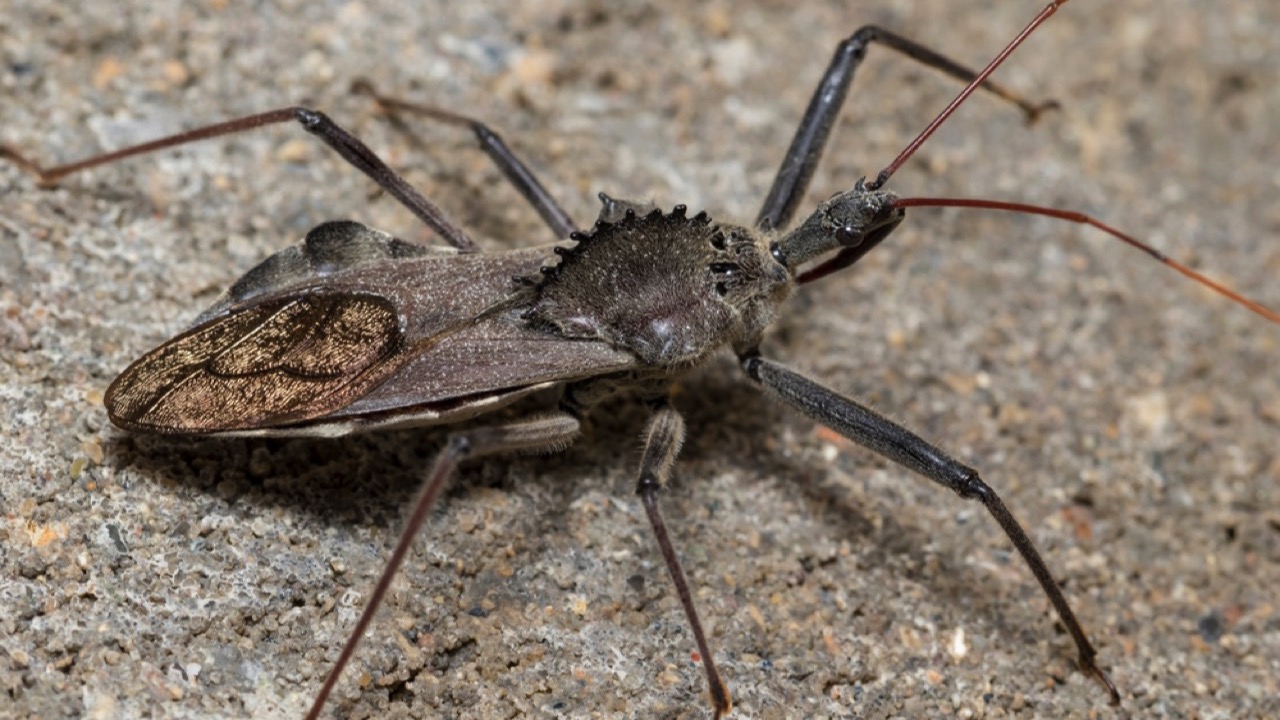
Wheel bugs are a type of assassin bug known for their distinctive cog-like crest on their back. These insects have a powerful bite that can cause severe pain, numbness, and swelling. Wheel bugs are beneficial predators in gardens but should be avoided due to their painful bite.
11. Velvet Ant
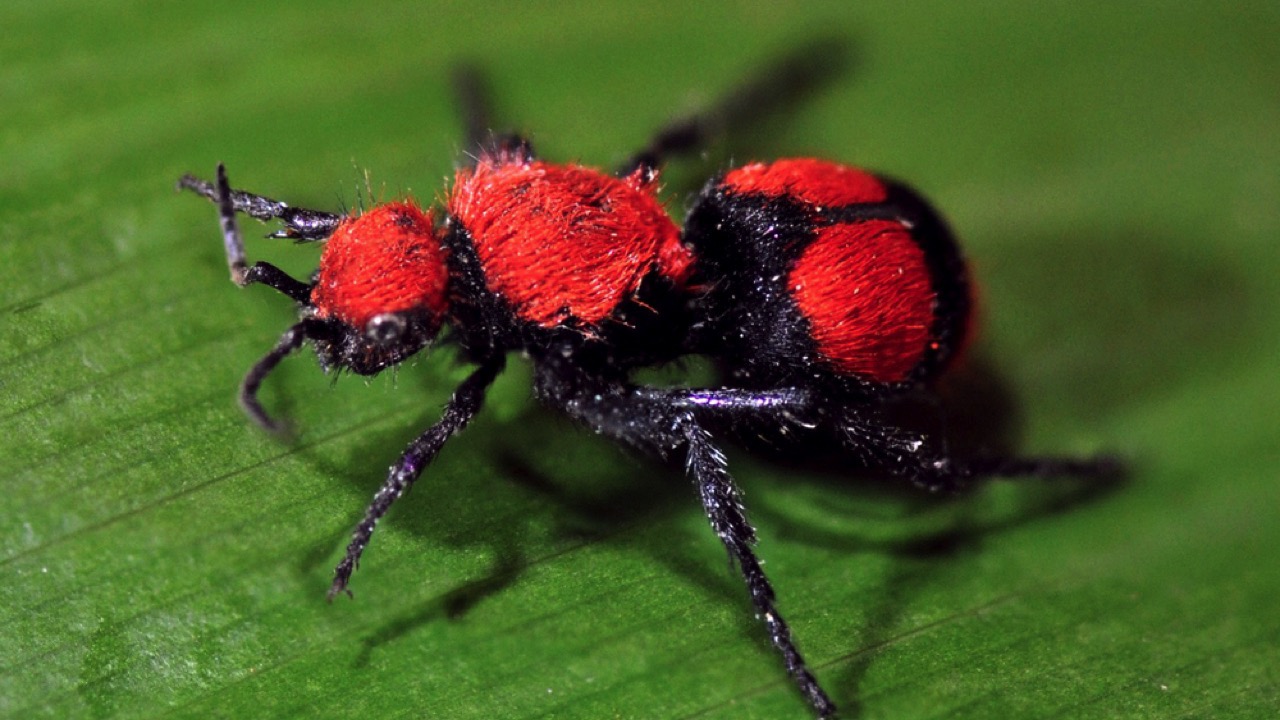
Despite their name, velvet ants are actually wasps. Female velvet ants are wingless and covered in dense, velvety hair, often with bright warning colors. Their sting is extremely painful and has earned them the nickname “cow killer.”
12. Blister Beetle
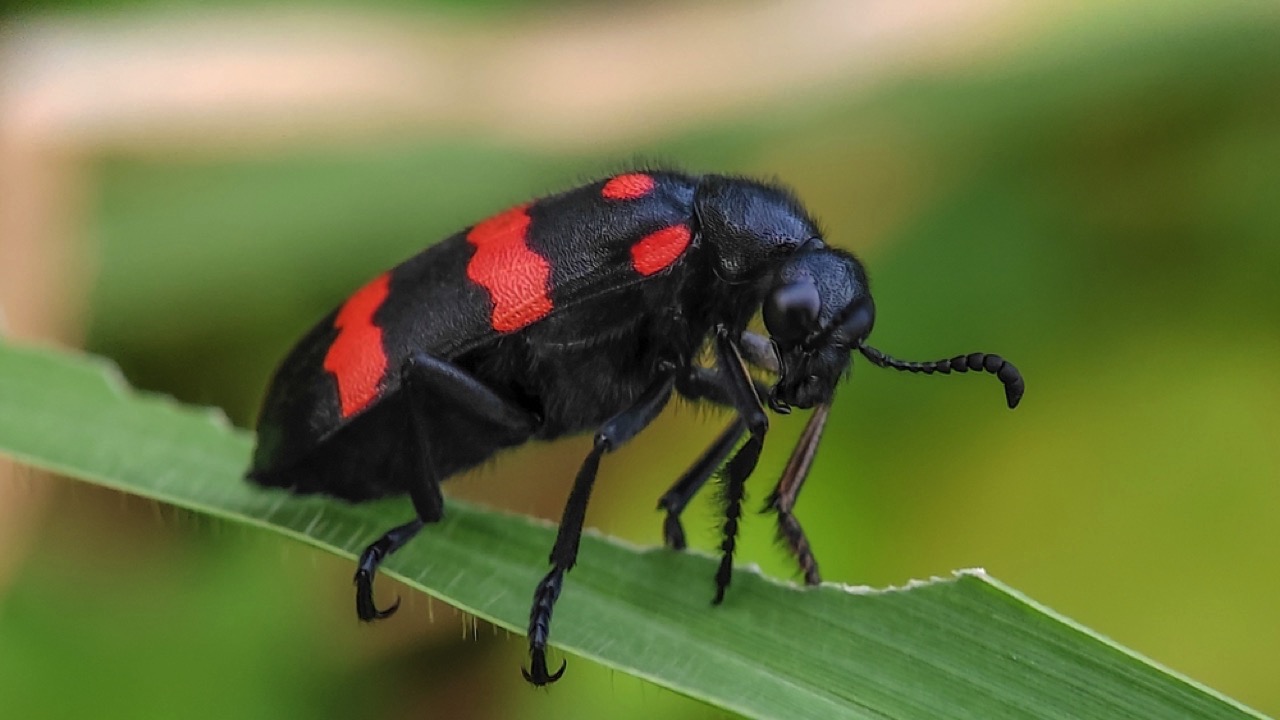
Blister beetles secrete a toxic substance called cantharidin when threatened or crushed. Contact with this substance can cause painful blisters on the skin. Some blister beetle species are brightly colored as a warning to potential predators.
13. Brazilian Wandering Spider
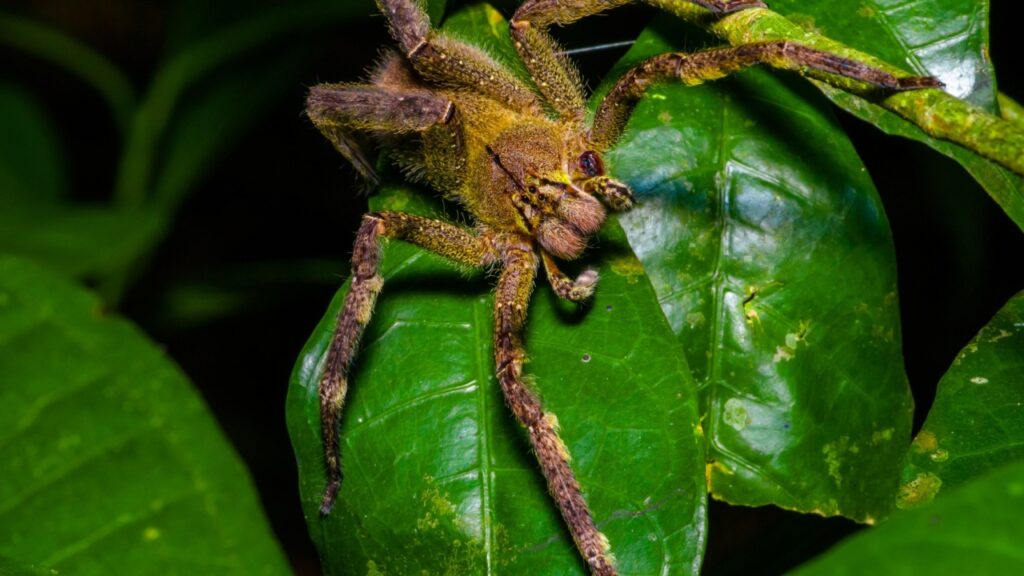
The Brazilian wandering spider is considered one of the most venomous spiders in the world. Known for its aggressive behavior and powerful venom, it can cause intense pain, muscle control issues, and even respiratory paralysis. It’s found primarily in South American rainforests but has been known to wander into human spaces.
14. Puss Caterpillar (Asp)
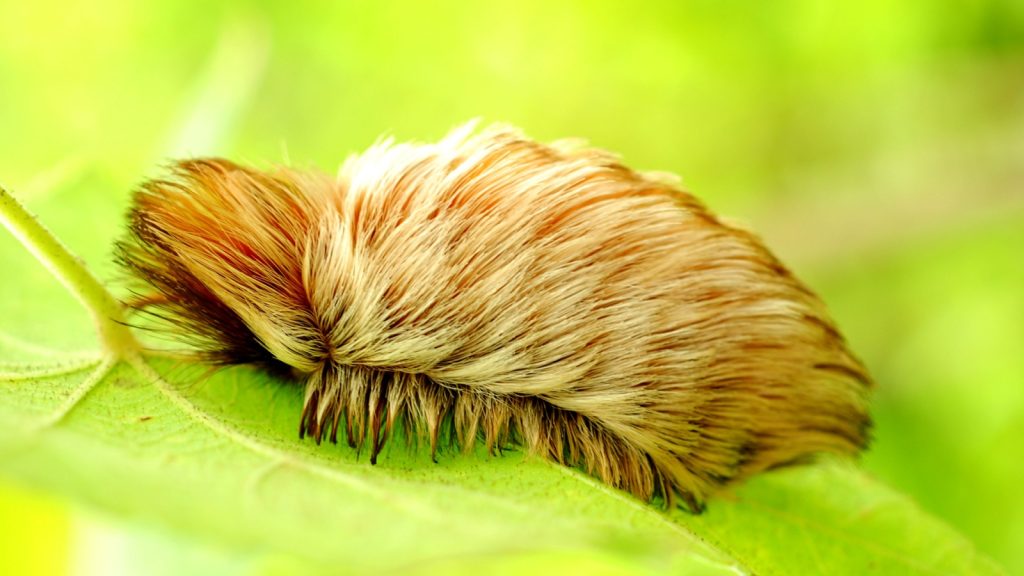
This seemingly harmless, fuzzy caterpillar hides a painful secret. Its venomous spines, concealed in the fur, can cause excruciating pain, nausea, and even more severe symptoms like difficulty breathing or chest tightness. It’s found in parts of the southern United States.
15. Indian Red Scorpion
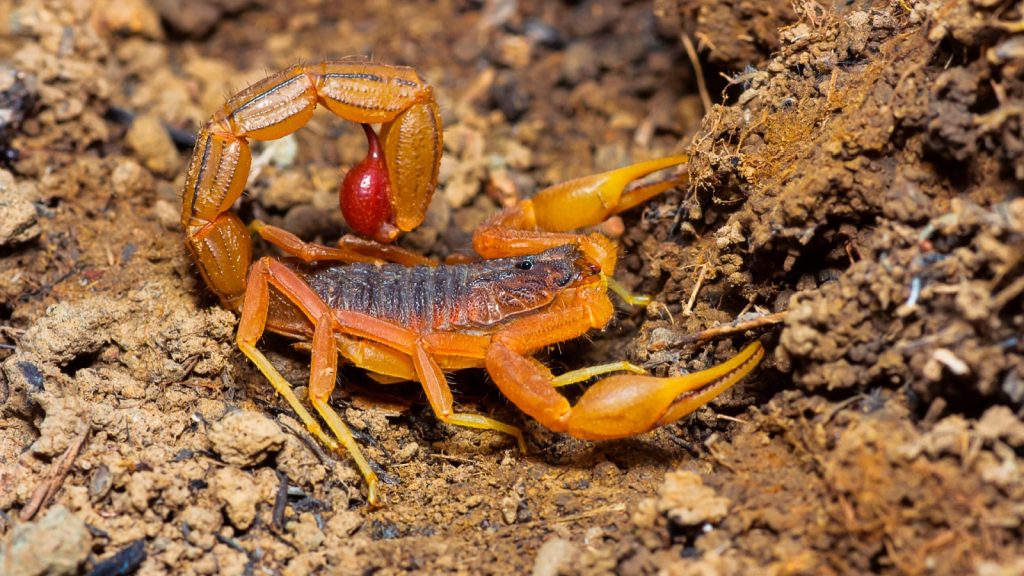
One of the most dangerous scorpions in the world, the Indian red scorpion’s sting can cause extreme pain, vomiting, and severe health issues such as cardiac problems. Found in India and nearby regions, its venom is potent enough to be potentially fatal, especially for children.
Becky is a fervent wildlife enthusiast and pet care expert with a diploma in canine nutrition. Her love for animals stretches beyond the domestic, embracing the wild tapestry of global fauna. With over a decade of experience in animal welfare, Becky lends her expertise to OutlandishOwl through insightful articles, captivating wildlife information, and invaluable guidance on pet nutrition. Her work embodies a deep commitment to understanding the intricate lives of animals and a passion for educating others on sustaining natural habitats. Becky's hands-on conservation efforts and her knack for translating complex dietary science into practical pet feeding tips make her an indispensable voice for creatures great and small.

